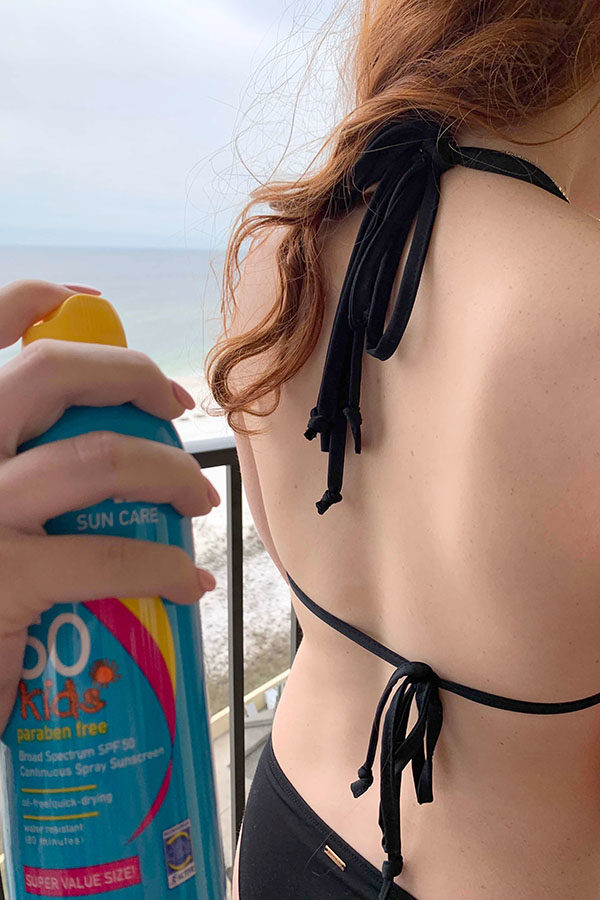Sunscreen Contaminates Oceans, Harms Coral
Sunscreen is generally regarded in an exclusively positive light as the protector against painful sunburns, a beach-goers’ best friend, and the last line of defense against skin cancer. But very few people are aware of sunscreen’s secret dark side as the silent, invisible killer of the coral reefs.
Most pollution is easy to recognize with one’s naked eye: trash lining the beach, a horrible stench rising from the water, discolored waves washing over the shore. Sunscreen pollution, however, is less obvious. Only after all the swimmers have left the water is the oily, iridescent sheen evident on top of the water. The sunscreen residue left in the oceans is particularly harmful to coral reefs, causing extensive coral bleaching that can eventually lead to the death of the coral.
The primary cause of this coral bleaching is the oxybenzone contained in most sunscreens. According to Craig Downs, the director of Haereticus Environmental Laboratory, oxybenzone induces coral bleaching by “lowering the temperature at which coral will bleach when exposed to prolonged heat stress… [and] damages coral DNA as well as induces severe and lethal deformities.”
Other sources of this damage that are present in sunscreen include methoxycinnamate, camphors, zinc oxide, and titanium dioxide. Zinc oxide and titanium oxide are contained in most mineral sunscreens and are considered to be generally less harmful to coral and reef organisms although they can also cause coral bleaching. Even organic sunscreens can still be damaging to reef organisms, despite their natural ingredients.
It is difficult to identify a solution to this problem because our skin’s health should not be sacrificed in order to protect marine life. There are, however, some possible approaches that could be implemented.
One approach is to legally ban the use of products that contain ingredients that threaten the health of coral reefs in places where these reefs are most susceptible to exposure. This solution is likely the easiest and most cost-effective approach, but would substantially decrease the options consumers have for sun protection. As a result, it could potentially have negative effects on the economy and businesses that produce sunscreen.
A second possible solution could be to convince people to reduce the amount of sunscreen they use. According to Downs, “applying lotion to only the neck, face, feet and backs of hands can reduce sunscreen loads into the water by 90 percent.” Many businesses and companies provide options for sun clothes designed to reduce UV exposure. Many beach-goers, however, may be reluctant to opt for these clothes over their favorite bikini.
The most plausible solution would be to encourage the use of mineral sunscreens. Although these sunscreens still include some harmful ingredients, they are a much milder threat to coral health than traditional sunscreen. Popular skincare and suncare brands such as SuperGoop, Neutrogena, Clinique, Kiehls, Aveeno, and Coola provide options for mineral sunscreen. Although mineral sunscreen may be slightly more likely to leave a white-caste on your skin, the benefits you are providing for marine life outweighs the minimal cons.
It is important to spread information about the harmful effects of sunscreen. The more people are aware of the harms of sunscreen and work to reduce the threat it imposes to the reefs, the less harm we will be causing to coral reefs. So, next time you take a trip to the beach, encourage your friends and family to also opt for a mineral sunscreen or sun clothes. It is a small price to pay for the benefits you are providing to the coral reefs and marine life.
Information for this article is from marinesafe.org.







